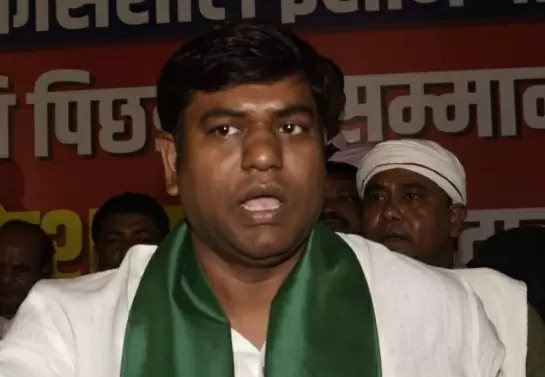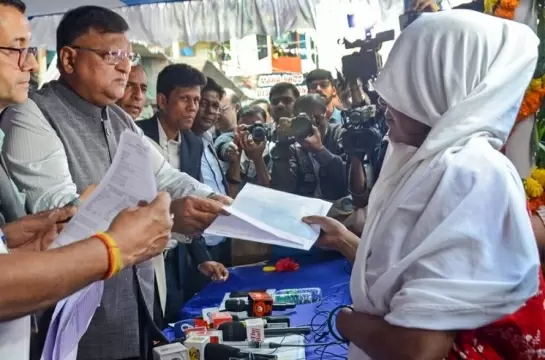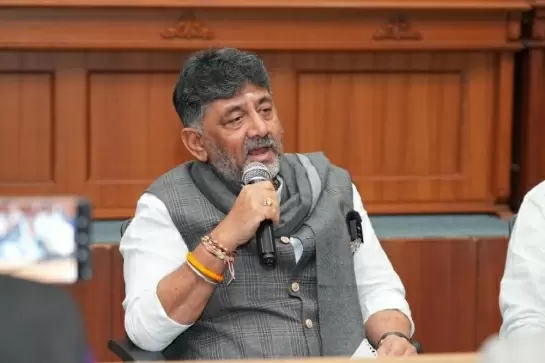Monsoon withdraws from eastern, northeastern India
15-October-2019
The four-month-long southwest monsoon has withdrawn from eastern and northeastern states and most parts of India during the last few days, a top Met department official said on Tuesday.
According to the rainfall data of the India Meteorological Department (IMD), the monsoon (June to September) rainfall was normal in seven of the 11 eastern and northeastern states, deficient in three states and excess in one.
According to scientists of the Indian Council of Agricultural Research (ICAR) and other agricultural experts, the quantum of monsoon rainfall is "more or less good" for both kharif and rabi crops in the northeastern and eastern region in the country.
"After analysing the latest data and necessary weather conditions by the top IMD officials on Monday, it was declared that the southwest monsoon has withdrawn from eastern, northeastern states and most parts of India during the past few days," IMD Director Dilip Saha told IANS.
"The onset of southwest monsoon from Kerala and then eastern India is normally in June and the withdrawal starts from northern India around September 30," he said, adding that the withdrawal of southwest monsoon normally begins in the northeastern region from first and second week of October, though this year, both the onset of monsoon from Kerala and withdrawal of monsoon in the northern parts of the country were slightly delayed.
As per the IMD rainfall data, among the 11 eastern and northeastern states, Arunachal Pradesh, Assam, Meghalaya, Mizoram, Nagaland, Tripura and Bihar witnessed normal rainfall (four to 18 per cent scarce) as these states witnessed less than 20 per cent deficient rainfall from the stipulated normal rainfall during June to September.
The northeastern state of Manipur experienced 57 per cent shortage of downpour during the monsoon while Himalayan state of Sikkim witnessed 23 per cent excess rainfall compared to the stipulated average rainfall during the four-month monsoon period.
West Bengal and Jharkhand recorded 21 per cent and 30 per cent shortage of rainfall, respectively, during the monsoon period categorised as deficient as the two states witnessed more than 20 per cent of scarce rainfall compared to the stipulated rainfall during the monsoon period.
According to the IMD rainfall data, of the 36 states and Union Territories, 15 witnessed normal rainfall during the four-month monsoon period while nine deficient, eleven excess and one large excess.
"Around 55 per cent area of the country witnessed normal rainfall during the monsoon period whereas 26 per cent area recorded excess rainfall and 19 per cent area registered deficient rainfall," said the IMD record, which available with IANS.
According to ICAR scientist B. K. Kandpal, the quantum of monsoon rainfall is "good for rabi crops" in the northeastern and eastern region in the country.
"During the sowing of rabi or winter crops, the farmers would not face the moisture related bad effect. We expect good productions of winter crops in the region," the scientist told IANS over phone from Meghalaya.IANS
Opposition Moves to Impeach Justice G R Swaminathan; Kanimozhi Cites Loss of Public Trust
Akhilesh Yadav Slams Centre, Yogi Govt Over Pollution And SIR Drive
PM, HM Set Out To Become Historians But Became ‘Distorians’: Jairam Ramesh
Under-16s Blocked From Social Media In Australia As Ban Comes Into Force
Armed Man Arrested At Vijay’s Puducherry Rally Venue, Security Tightened









